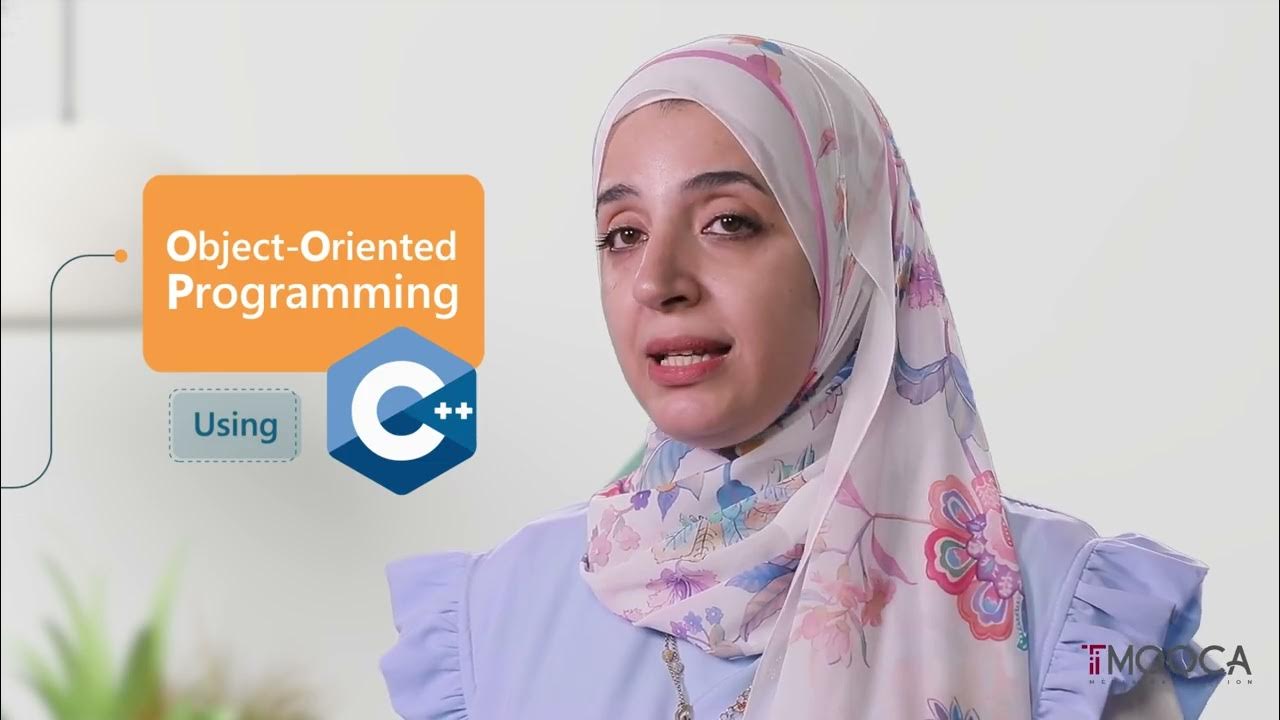Access protection in java
Summary
TLDRThis video script offers an insightful look into Java's access protection, a fundamental concept in the programming course. It explains how access protection mechanisms regulate the visibility and accessibility of class members like fields, methods, and constructors. The script details Java's four access levels: public, protected, default, and private, each with its specific scope of access. It emphasizes the default package-private access and the best practice of using the most restrictive access level necessary for functionality, providing a clear and concise guide for Java learners.
Takeaways
- 🔒 Java access protection is a mechanism that controls the visibility and accessibility of class members.
- 📐 Java offers four levels of access protection: public, protected, default, and private.
- 🌐 Public members can be accessed from any class, regardless of its package.
- 🔒 Protected members are accessible within the same package and by subclasses in different packages.
- 🏷️ Default (package-private) members can be accessed by any class in the same package but not from other packages.
- 🔑 Private members are only accessible within the class that contains them.
- 📦 The default access level for class members is package-private if no access modifier is specified.
- 🛡️ It's a good practice to use the most restrictive access level that still allows the class to function properly.
- 📝 The script provides examples of each access specifier in Java.
- 🎓 This is part of a programming in Java course, focusing on access protection.
- 🤔 Understanding access levels is crucial for controlling how class members are used and exposed in Java applications.
Q & A
What is access protection in Java?
-Access protection in Java is a mechanism that controls the visibility and accessibility of class members such as fields, methods, and constructors from other classes.
How many levels of access protection does Java provide?
-Java provides four levels of access protection: public, protected, default (also known as package-private), and private.
What is the scope of a public member in Java?
-A public member in Java can be accessed from any class, regardless of its package.
Can you provide an example of a public access specifier in Java?
-The script does not provide a specific example code, but a public access specifier in Java is typically denoted by the keyword 'public' before a class member declaration.
What is the scope of a protected member in Java?
-A protected member in Java can be accessed from any class in the same package and any subclass in a different package.
What is the scope of a default member in Java?
-A default member in Java can be accessed from any class in the same package but not from classes in other packages.
What is the scope of a private member in Java?
-A private member in Java can only be accessed from the class that contains it.
What is the default level of access for class members in Java if no access modifier is specified?
-The default level of access for class members in Java is package-private if no access modifier is specified.
Why is it a good practice to use the most restrictive access level in Java?
-It is a good practice to use the most restrictive access level that still allows the class to function properly, as it enhances encapsulation and reduces the risk of unintended access to class members.
What is the recommended approach to access level selection in Java according to the script?
-The script recommends using the most restrictive access level that still enables the class to function as intended, promoting better encapsulation.
Can you explain the concept of package-private access in Java?
-Package-private access in Java, also known as default access, means that the class member is accessible only within the same package and not from other packages.
Outlines

此内容仅限付费用户访问。 请升级后访问。
立即升级Mindmap

此内容仅限付费用户访问。 请升级后访问。
立即升级Keywords

此内容仅限付费用户访问。 请升级后访问。
立即升级Highlights

此内容仅限付费用户访问。 请升级后访问。
立即升级Transcripts

此内容仅限付费用户访问。 请升级后访问。
立即升级5.0 / 5 (0 votes)






